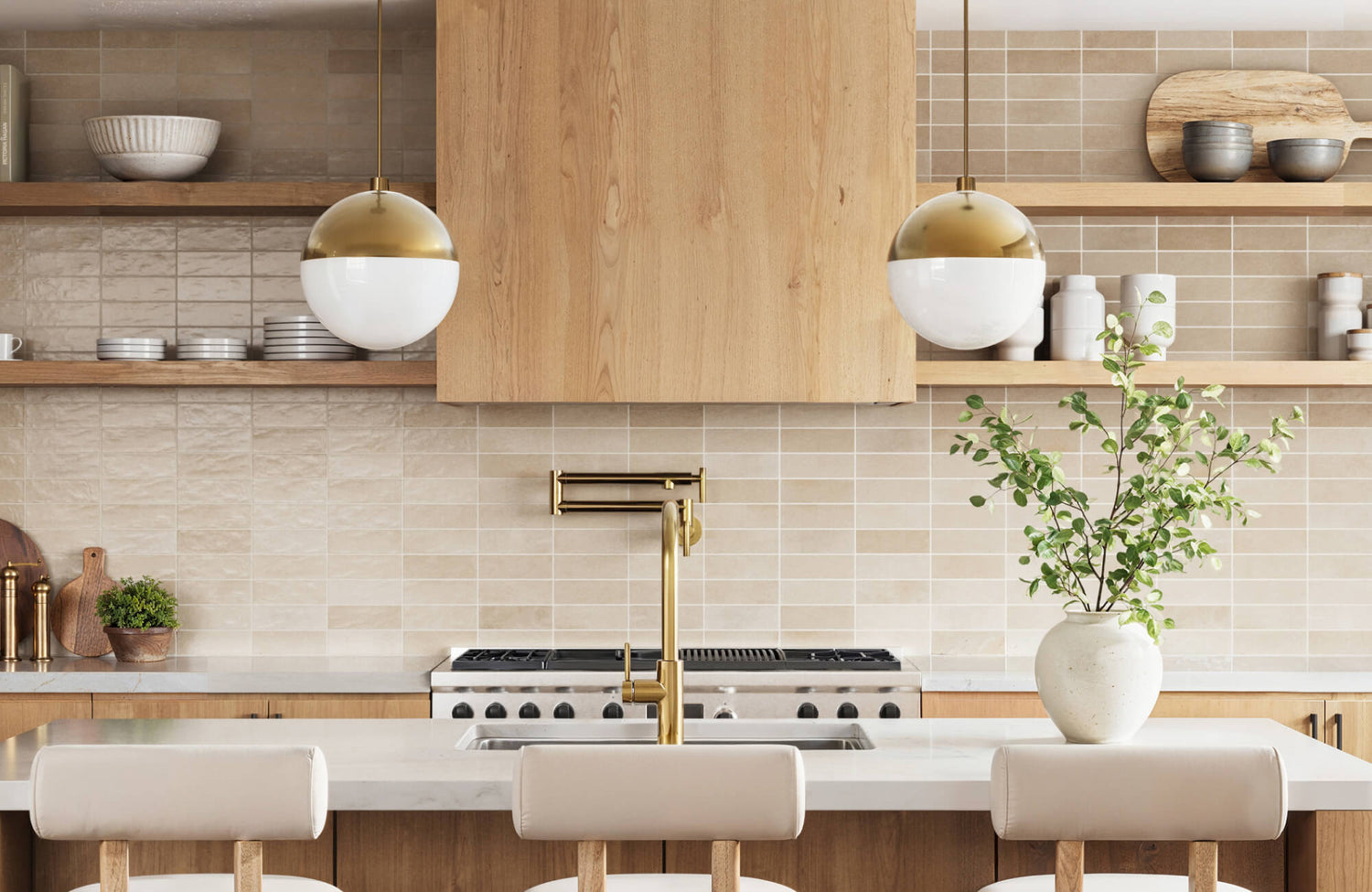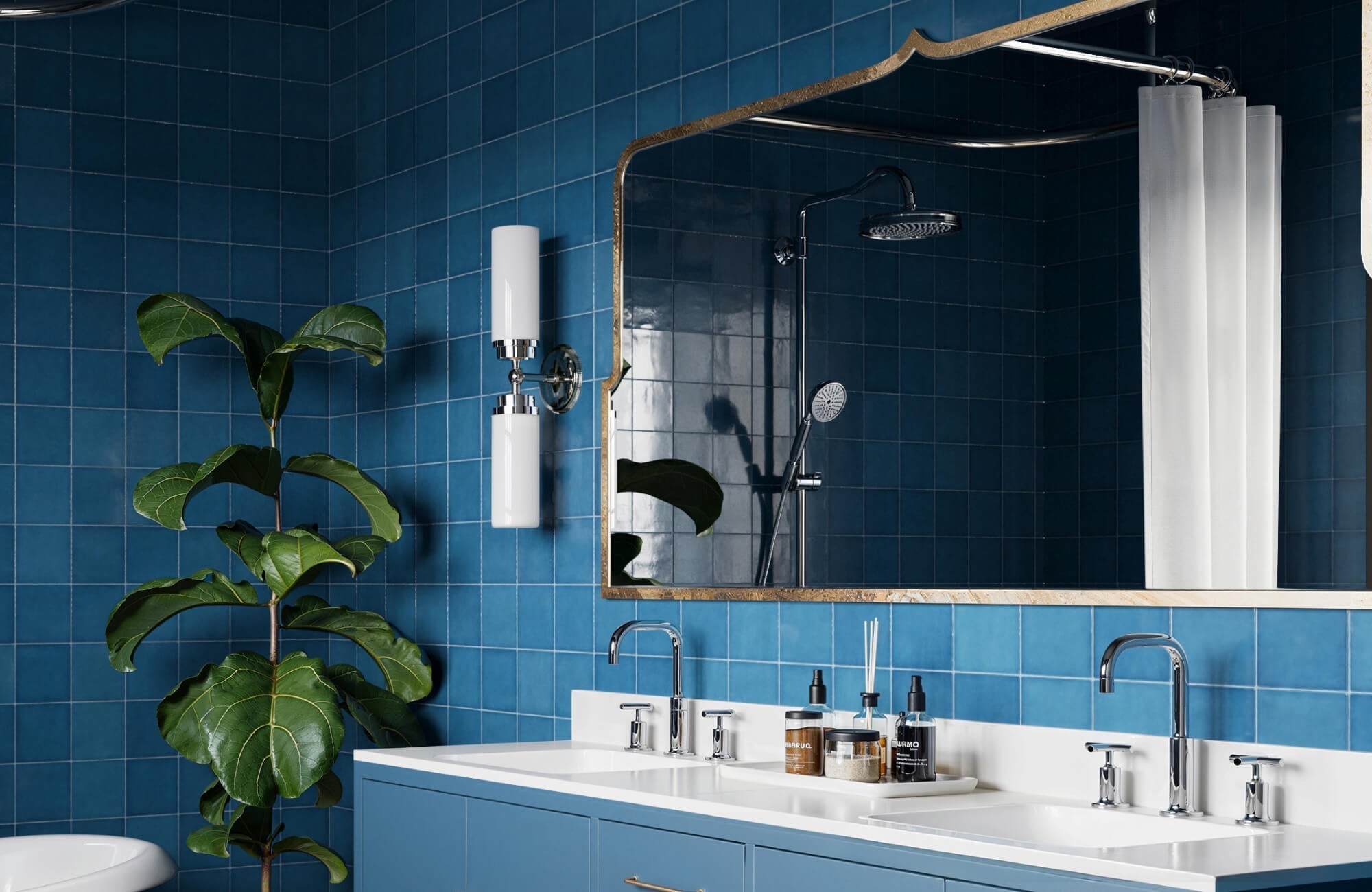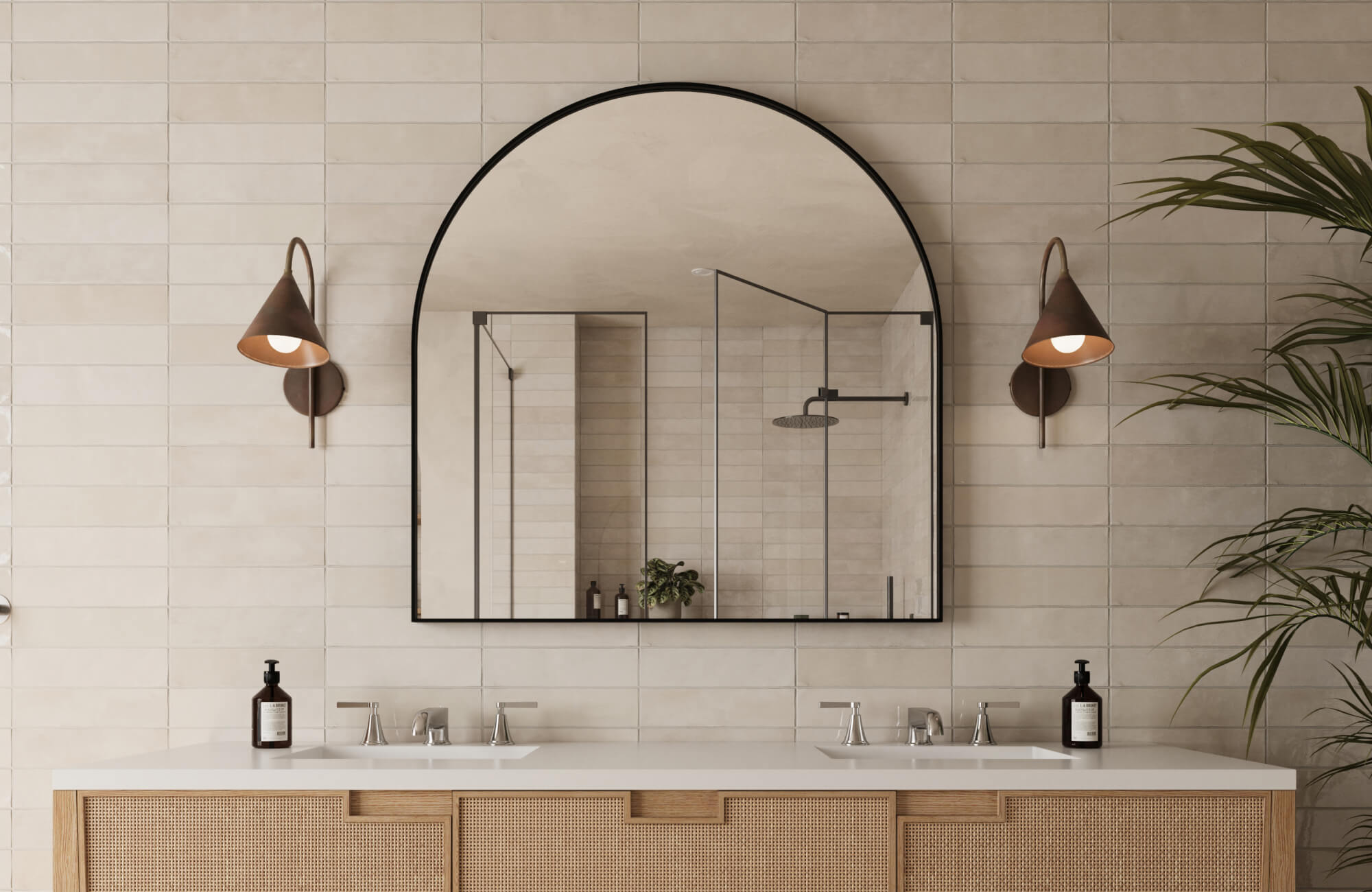The quest for the best lighting in a house often begins with a simple question about brightness, yet quickly evolves into a fascinating exploration of how light profoundly shapes our living spaces. Beyond merely illuminating a room, optimal lighting crafts ambiance, dictates functionality, influences mood, and significantly impacts energy consumption.
This article moves beyond the idea of a one-size-fits-all solution, recognizing that ideal lighting is personal and context-specific. From the cool, crisp illumination needed for a focused task to the warm, gentle glow that fosters relaxation, the best lighting is a thoughtful blend tailored to the unique needs, activities, and design preferences of every corner of your home.
The Science of Light
Light is more than a utility—it's a biological and emotional influencer. Understanding how light interacts with the human body can guide smarter, healthier choices in your home lighting plan.
Understanding Color Temperature
Color temperature, measured in Kelvin (K), affects how we perceive space and mood. Warm white light, typically ranging from 2700K to 3000K, emits a soft, inviting glow reminiscent of incandescent bulbs or candlelight. This cozy ambiance is ideal for relaxation areas like bedrooms, and living rooms. In contrast, cool white light (4000K-5000K) offers a crisper, more neutral illumination, promoting alertness and concentration, making it suitable for kitchens, home offices, or bathrooms. Daylight-mimicking light (5000K-6500K) is the brightest and bluest, often used for task-intensive areas or to simulate natural outdoor light.
The Power of Illumination
While color temperature dictates the "feel" of light, lux levels quantify its intensity – the amount of light falling on a surface. Different activities and areas within a home require varying lux levels for optimal visual comfort and performance. For instance, a kitchen workbench demands higher lux for intricate tasks like chopping, whereas a bedroom benefits from lower lux for a soothing atmosphere. Proper lighting design also avoids glare, which can cause discomfort and eye strain. Techniques like indirect lighting, diffusers, and well-placed fixtures help create a visually comfortable environment.
Circadian Rhythms and Your Home's Glow
Our bodies operate on a natural sleep-wake cycle called the circadian rhythm, which is heavily influenced by light exposure. Exposure to bright, blue-rich light in the evening can suppress melatonin production, disrupting sleep patterns. Conversely, dim, warm light signals the body to relax. Smart lighting systems with tunable white features adjust color temperature throughout the day to match our natural rhythms, enhancing sleep quality and overall well-being.
Lighting for Every Room
With the fundamentals in place, let’s explore how to apply these principles practically throughout your home. Each room has unique needs, and lighting should be layered and purposeful to meet them.
Kitchen
The kitchen is a dynamic space that demands a well-layered and adaptable lighting plan. Task lighting, such as under-cabinet fixtures, ensures shadow-free countertops for efficient food prep. Pendant lights beautifully illuminate kitchen islands, serving both as functional task lights and stylish design elements. For a striking example, the Sable Pendant in Distressed Bronze/Ceramic Ivory Crackle from Edward Martin, seen in the photo above, adds a warm, artisanal charm—its rich textures and elegant finish elevate any island into a focal point for cooking and casual dining alike. To round out the space, ambient lighting from recessed fixtures or flush mounts provides even illumination, while accent lights highlight decorative backsplashes or open shelving. Dimmable controls across all lighting layers offer flexibility, allowing you to move effortlessly from high-energy meal prep to soft, inviting ambiance for evening gatherings.
Living Room
The living room serves as a central hub for relaxation, conversation, and entertainment, demanding a flexible and layered lighting scheme. Start with ambient illumination through ceiling fixtures or a statement chandelier to set the foundation. A piece like our Nicholson Chandelier in Aged Brass not only provides a warm, inviting glow but also anchors the room with timeless elegance, blending form and function. Complement this with floor and table lamps to create cozy, focused lighting for reading or intimate gatherings. Wall sconces offer both decorative detail and practical brightness, helping to balance the overall lighting and eliminate dark corners. Thoughtfully layering these elements defines zones within open layouts and enhances the room’s comfort and versatility.
Bedroom
Your bedroom should be a sanctuary of calm, and the lighting should reflect that. Choose warm, soft, and dimmable lighting to promote relaxation and prepare your body for sleep. Avoid harsh overhead lights as your primary source. Instead, opt for bedside lamps that provide focused illumination for reading without disturbing a partner. Ambient lighting can come from dimmable ceiling fixtures or even indirect lighting concealed behind crown molding. The goal is to create a soothing glow that can be easily adjusted to suit your mood, whether you’re winding down with a book or simply seeking a peaceful retreat.
Bathroom
Bathroom lighting needs to serve dual purposes: offering clear, functional illumination for daily grooming and cultivating a calming atmosphere for relaxation. For the most effective task lighting, place sconces on either side of the mirror at eye level—this setup ensures even, shadow-free brightness that flatters and functions. A refined choice like our Tyson Wall Sconce in Aged Brass adds both visual warmth and timeless elegance, blending seamlessly into classic or contemporary bathroom styles. To complete the lighting scheme, incorporate ambient illumination from recessed ceiling lights, ensuring the whole room feels balanced and well-lit.
For added luxury, accent lighting beneath floating vanities or inside shower niches introduces a subtle glow. Always ensure your fixtures carry the appropriate IP (Ingress Protection) rating to handle the bathroom’s moisture and humidity with safety and durability.

The Smart Light Revolution
With room-specific strategies covered, it’s time to look at how smart technology can revolutionize lighting control and efficiency.
Unlocking Smart Lighting Features
Smart lighting transforms your home's illumination from simple functionality to an intuitive, connected experience. With app or voice control via your smartphone or tablet, you can easily adjust brightness, change color tones, or create customized lighting scenes for different moods and activities. Integration with voice assistants like Google Assistant and Amazon Alexa adds hands-free convenience, perfect for dimming lights during a movie or switching everything off when leaving the house. Scheduling features further enhance convenience and security, allowing lights to turn on or off automatically at designated times. For a more immersive setup, smart lighting systems can sync with other smart home devices, responding to motion sensors, door locks, or even your morning alarm to create a cohesive and responsive environment.
Enhancing Efficiency
Smart lighting significantly boosts energy efficiency, primarily through the use of LED technology, which consumes up to 80% less energy than traditional incandescent bulbs. This results in noticeably lower electricity bills. The built-in dimming feature in smart bulbs allows you to adjust brightness as needed, further conserving energy. Adding motion sensors enhances this effect by ensuring lights are only active when a space is occupied, reducing unnecessary usage. Remote access offers an extra layer of control, letting you turn off lights from anywhere to prevent accidental energy waste.
Tailoring Your Home’s Atmosphere
Smart bulbs with tunable white can effortlessly shift the color temperature of your light, transitioning from a crisp, energizing cool white (ideal for morning routines) to a warm, inviting glow (perfect for unwinding in the evening). For those seeking ultimate creative freedom, RGBW (Red, Green, Blue, White) bulbs unlock a spectrum of millions of colors, enabling you to transform a room's mood with a single tap. These capabilities extend to creating pre-set "scenes" – customized combinations of brightness, color, and even timing, making your home's lighting an intuitive extension of your lifestyle.
Sustainability and Style
Lighting choices don’t just influence mood and function; they also impact your environmental footprint. A sustainable lighting strategy helps reduce waste and energy use without sacrificing beauty.
The LED Advantage
LEDs have transformed modern lighting with their exceptional efficiency and durability. Unlike incandescent bulbs that release most of their energy as heat, LEDs convert nearly all electricity into light, which significantly reduces energy consumption and lowers utility costs. Their long lifespan, often lasting up to 25 times longer than traditional bulbs, minimizes the need for frequent replacements and offers consistent savings. Additionally, LEDs emit very little heat, making them safer to use and reducing the strain on your cooling system, which contributes to overall energy efficiency and a smaller environmental footprint.
Maximizing Natural Illumination
Harnessing natural light throughout your home not only reduces dependence on electric lighting but also supports well-being by enhancing mood, focus, and sleep patterns. While large, strategically placed windows are the foundation of daylight design, additional architectural features can extend their reach. Light shelves installed above windows help bounce sunlight deeper into rooms, brightening spaces without direct exposure. Skylights are another effective option, especially in central areas with limited wall access, bringing daylight in from above.
For rooms without exterior walls, sun tunnels offer an innovative solution by channeling sunlight from the roof through reflective tubes into interior spaces. These design strategies can transform dim areas into welcoming, naturally lit environments that feel more open and energized.
Choosing Sustainable Fixtures and Practices
Sustainable lighting begins with mindful fixture selection. Choose options crafted from recycled or responsibly sourced materials like bamboo, reclaimed metals, or recycled glass. Supporting manufacturers that prioritize eco-friendly production methods further reduces environmental impact. Beyond purchasing, consider end-of-life responsibility, especially for bulbs like CFLs that contain hazardous materials and must be disposed of at specialized recycling centers.
Lastly, opt for fixtures designed with longevity in mind. Models with replaceable components are more sustainable than those requiring full replacement when a part fails. Together, these choices support a circular economy by reducing waste and conserving valuable resources while maintaining a stylish, well-lit home.
Bringing It All Together
Creating the ideal lighting plan goes beyond choosing individual fixtures; it’s about designing a cohesive system that aligns with your lifestyle, priorities, and the ambiance you want to achieve. When you integrate foundational lighting principles with room-by-room strategies, smart technology, and sustainable choices, you craft an environment that balances function and beauty. Thoughtful lighting doesn’t just brighten a space; it enhances comfort, promotes well-being, and adds long-term value to your home. Let it serve as both a practical necessity and a design element that elevates every corner of your living space.










